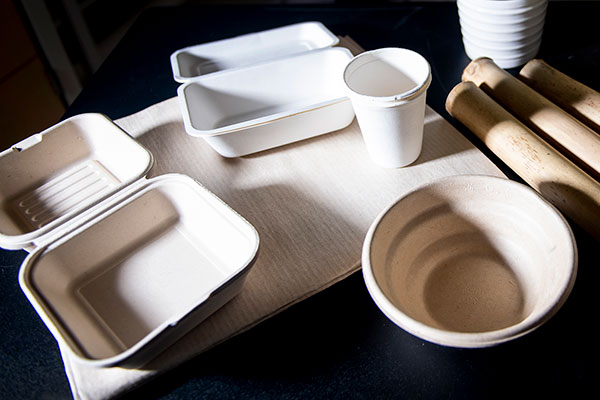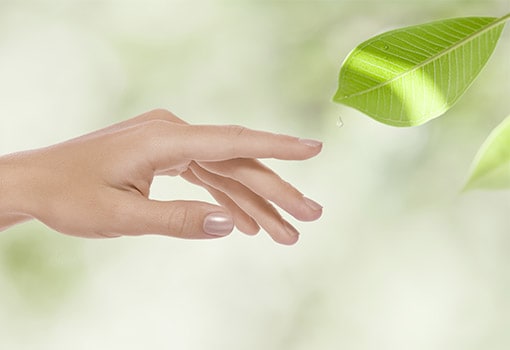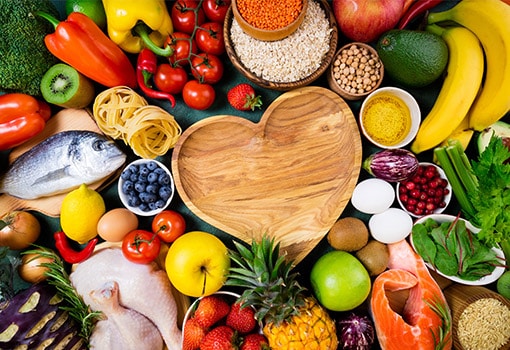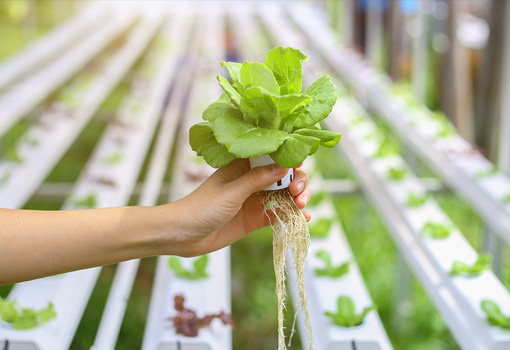Have you ever imagined getting takeout food from containers made of food? Well, it could be reality! Ok, perhaps we’re stretching the truth there… But, it is true that there is a new type of tableware made from bamboo and sugarcane byproduct. This innovative idea was spearheaded by Hongli (Julie) Zhu, an Associate Professor in Mechanical & Industrial Engineering at Northeastern University.
sugarcane pulp for the win
Sustainable tableware is common nowadays – you’ve probably seen compostable or biodegradable containers or those made of recyclable plastic. And now there’s a new material in this space!
Sugarcane pulp, called bagasse, is the resulting waste byproduct after sugarcane stalks are crushed for sugar extraction. By itself, though, bagasse is not very strong. So, blending it with bamboo fibers adds more structural strength to make a more mechanically stable material.
The result? A completely natural and biodegradable material that is durable enough to be molded into tableware like bowls, plates and cups, and strong enough to contain food and liquids and withstand grease.
biodegradability
Zhu and her students tested the container’s biodegradability by burying it in a lawn on-campus and checking it every 10 days. After 60 days it had almost completely disintegrated.
This is a big step forward, since many compostable containers currently require industrial equipment or very high heat in order to break down. This sugarcane bamboo material naturally decomposes on its own.
environmental benefits
A major benefit is the reduction in carbon emissions. The manufacturing process emits 97% (!) less carbon than typical commercially available plastic and 67% less than paper and PLA (biodegradable plastic).
Another plus is the repurposing of sugarcane pulp – it’s already a food waste product, and it’s being put to good use. Zhu had considered using wood pulp, but that involves growing trees, which makes the manufacturing process more environmentally costly.
Zhu was motivated by the rapidly growing problem of plastic pollution and the desire to reduce single-use plastic waste. The hope is that this material can be made into tableware that is as convenient and inexpensive as plastic but far less damaging to the environment.
Sources: Northeastern University College of Engineering; ScienceDaily; Fast Company. Image from Ruby Wallau/Northeastern University.













